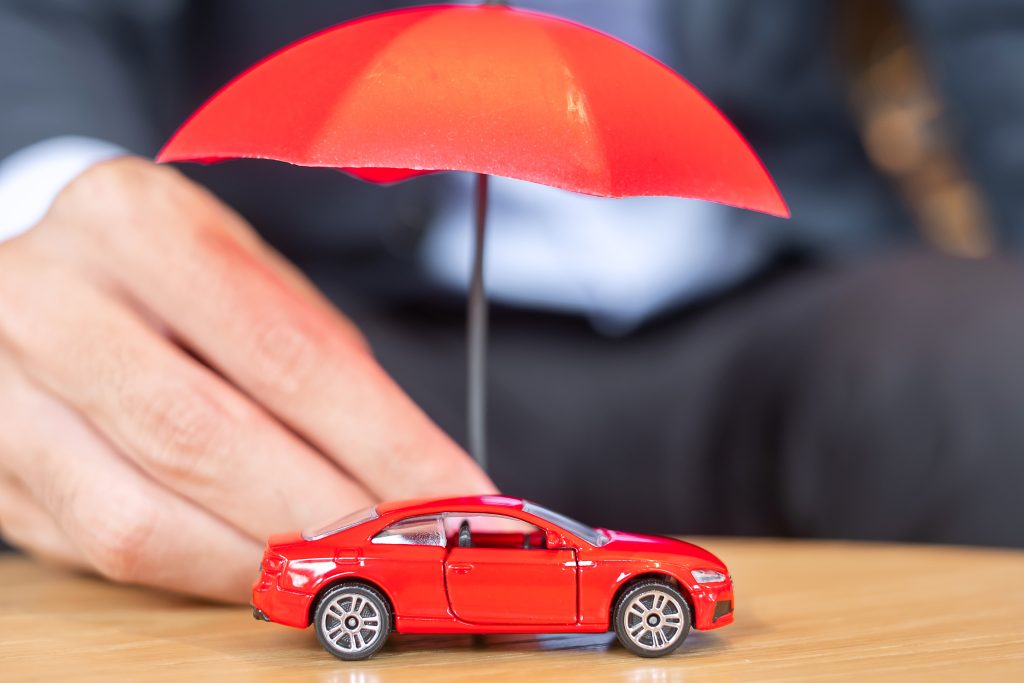
Overview
Most snakes are not dangerous to humans. Only about 15% of snakes worldwide—and around 20% in the United States—are venomous, meaning they can inject poison when they bite. In North America, venomous snakes include:
-
Rattlesnake
-
Coral snake
-
Water moccasin (also called cottonmouth)
-
Copperhead
Bites from these snakes can cause serious injury or even death.
Venomous snakes in North America are typically pit vipers. They can be identified by:
-
Slit-like pupils
-
Triangular heads
-
Prominent fangs
The coral snake is an exception, with:
-
A cigar-shaped head
-
Round pupils
Nonvenomous snakes usually have:
-
Rounded heads
-
Round pupils
-
No fangs
When to Seek Emergency Help
Call 911 or your local emergency number immediately if:
-
You were bitten by a venomous snake
-
The bite area becomes discolored, swollen, or painful
Most emergency rooms have antivenom that can help treat the effects of the bite.
Symptoms
Snakebites most often occur on:
-
Arms
-
Wrists
-
Hands
Nonvenomous bites may cause:
-
Localized pain
-
Scratches
-
Minor injuries
Venomous bites typically cause:
-
Immediate and severe pain at the site
-
Swelling and bruising that can spread
-
Nausea
-
Difficulty breathing
-
Weakness
-
Strange or metallic taste in the mouth
Neurotoxic bites (such as from coral snakes) may cause:
-
Drooping eyelids
-
Tingling in fingers or toes
-
Trouble swallowing
-
Muscle weakness
Some venomous bites are dry bites, meaning no venom was injected.
Treatment
After calling 911, follow these steps if possible:
-
Move away from the snake to prevent another bite
-
Stay calm and still to slow the spread of venom
-
Remove jewelry, watches, or tight clothing before swelling begins
-
Sit or lie down with the affected limb in a neutral position
-
Clean the wound gently with soap and water
-
Loosely wrap the bite with a clean, dry bandage
What to Avoid
-
Do not apply a tourniquet or tie off the bite
-
Do not use ice
-
Do not cut the bite or try to suck out the venom
-
Avoid caffeine and alcohol
-
Do not take painkillers like aspirin, ibuprofen, or naproxen (they may increase bleeding)
-
Do not attempt to catch or touch the snake
If you can safely do so, try to:
-
Note the snake’s color and shape
-
Take a photo from a safe distance
This information can assist medical professionals with treatment.







.png)
.png)
.png)






.png)
.png)
.png)
.png)
.png)
.png)
.png)
.png)
.png)



.png)


.jpg)




















